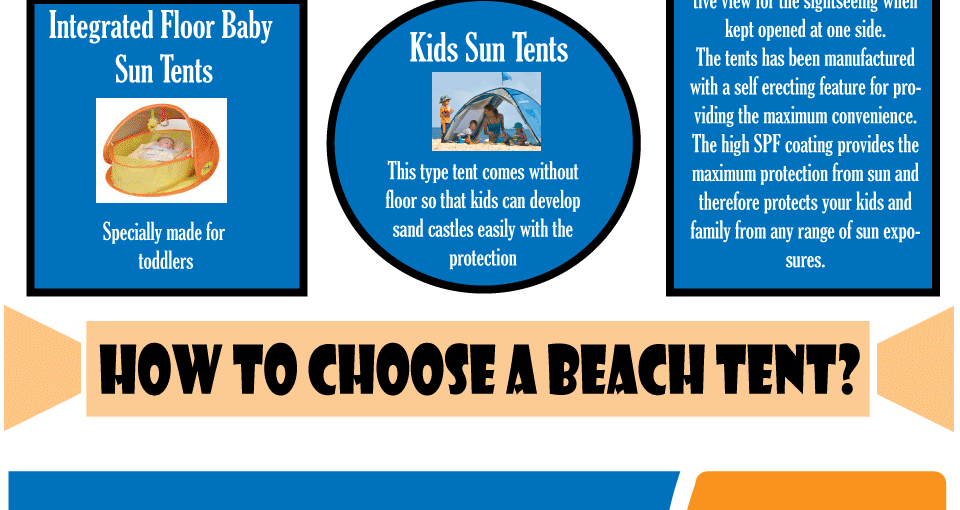Corner angles are important parts in building and design jobs. They supply toughness, durability, and flexibility. They are likewise easy to mount and can endure different environmental variables.
Builders use numerous kinds of angles to produce solid, steady structures. A few of these angles are for looks, while others are made use of to improve accessibility and function.
Strength
The stamina of steel angles is important for making certain that frameworks are secure and can stand up to heavy loads. These parts can be used for a selection of jobs, from strengthening beams and columns to creating frameworks for shelving and fencing. They are also perfect for creating support structures in commercial settings.
Curved inside corners are an important part of modern engineering and design, as they help to distribute tension evenly across the product. This can make a product stronger and less likely to fracture or fall short, especially in materials such as glass, stone, and floor tile.
Rounded edges in rotomolded components also aid to reduce anxiety focus, which can bring about structural weak points and poor quality. Because of this, Gregstrom Firm recommends that designers make use of rounded corners when producing rotomolded components. These functions will boost the general quality of the finished item and aid to make sure that the molded part is solid, long lasting, and lasting. This will lower the demand for repair services or substitutes with time.
Sturdiness
Bent inside edges are an essential element of modern-day engineering and design, and they can dramatically raise the security of structures made from rock or glass. They likewise aid to evenly disperse tensile and compressive forces, which reduce the chance of breaking or breakage.
These angles are crucial to our day-to-day lives, making it much easier for us to move around in our surroundings. For instance, mobility device ramps, stairs, and entrances are developed with precise angles to make sure safety and accessibility. On top of that, the best angle first aid kit is made use of in bridges and structures to guarantee architectural honesty.
In geometry, an angle is the factor where two rays fulfill. It is likewise called a vertex. The 4 edges of a square have an interior angle of 90 levels. However, the term is commonly utilized to define any type of sort of corner. As an example, in photo structures, the top and lower rails call for 45 degree mitre cuts. This is due to the fact that the board widths are various.
Versatility
While the ideal angle is the most typical sort of angle, various other types can create unique, practical, and aesthetically appealing frameworks. Whether you're designing a modern coffee table or an industrial-style home, using various angles will aid you achieve the desired visual.
You can use light weight aluminum angle to make customized braces for safeguarding and enhancing your projects. These braces are light-weight and strong, so they can endure hefty lots and stresses. They also are available in a selection of shapes and sizes, making them a versatile choice for a vast array of tasks.
Many modern buildings utilize rounded inside edges to boost architectural stability and resilience. These rounded corners distribute stress throughout the structure to prevent weak spots and fractures. This is an essential factor to consider for building contractors and service providers, specifically when working with heavy products like rock or floor tile. Developing a bent corner can likewise boost the life-span of the product and minimize upkeep expenses. It is very important to select the ideal angles for your job, and to guarantee that they are correctly set up to avoid any type of potential concerns.
Price
Curved inside edges are a vital part of contemporary architecture and design, as they play a crucial duty in boosting frame security and resilience. They additionally help reduce stress circulation and decrease breakage. In addition, they can enhance the visual charm of a framework.
The word "edge" generally, yet not always, describes a 90 degree angle. In geometry, nevertheless, the term "angle" is actually a factor where 2 lines or sides satisfy (or merge). These points are called vertex, and they can be straight or bent.
Using a rounded mitre in an image frame, for example, needs careful calculation. The mitre angle is based upon the size ratio of the board at each corner. If the boards are of equivalent width, then they will each need a 45 level mitre. If the boards are larger, after that they will each need a various angle. This situation is common in custom-made structures, where the leading and lower rails are frequently broader than the side rails.
